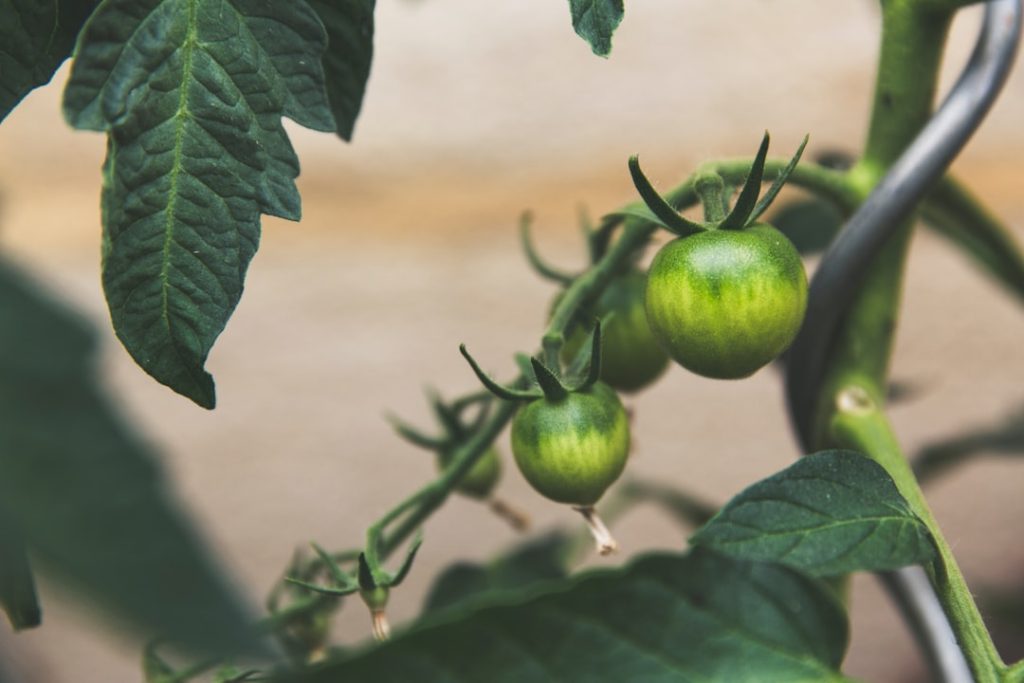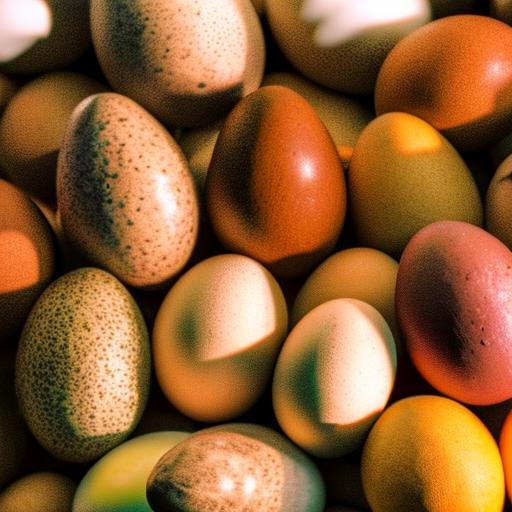Blue breeding in chickens is a genetic process that produces birds with distinctive blue-colored feathers. This coloration results from a specific genetic mutation affecting the expression of black pigment in the feathers. The mutation causes a dilution of the black pigment, resulting in the characteristic blue hue.
The genetics behind blue breeding in chickens are complex and require a thorough understanding to implement successful breeding programs. Breeders must carefully select their breeding stock to maintain the blue gene while also considering other desirable traits and overall health. This process involves selective breeding and meticulous record-keeping to track genetic lineages.
Blue chickens, also referred to as “blue gene carriers,” have gained popularity among poultry enthusiasts and are often featured in backyard flocks and poultry shows. Their unique appearance makes them highly sought after by breeders and collectors alike. Breeding blue chickens presents various challenges, including maintaining consistent coloration across generations and ensuring the overall health and vitality of the birds.
Proper care and management of breeding stock and offspring are essential for success in blue chicken breeding. As research in poultry genetics advances, there is potential for further developments in blue breeding techniques and the creation of new color variations. This ongoing progress continues to fuel interest in blue chickens among breeders and poultry enthusiasts.
Table of Contents
- 1 Understanding the Genetics of Blue Breeding in Chickens
- 2 Selecting Breeding Stock for Blue Chickens
- 3 Breeding Strategies for Producing Blue Chickens
- 4 Caring for Blue Chickens and Their Offspring
- 5 Common Challenges in Blue Breeding Chart Chickens
- 6 Conclusion and Future of Blue Breeding in Chickens
- 7 FAQs
Key Takeaways
- Blue breeding in chickens involves breeding for the blue coloration in the feathers of the birds.
- Understanding the genetics of blue breeding in chickens is important for successful breeding and producing desired outcomes.
- Selecting breeding stock for blue chickens involves choosing birds with the desired traits and genetic makeup for blue coloration.
- Breeding strategies for producing blue chickens may involve crossbreeding, line breeding, or other methods to achieve the desired blue coloration.
- Caring for blue chickens and their offspring involves providing proper nutrition, housing, and healthcare to ensure their well-being and productivity.
Understanding the Genetics of Blue Breeding in Chickens
Inheritance Patterns of the Blue Gene
The blue gene is inherited in an autosomal dominant manner, meaning that a chicken only needs to inherit one copy of the gene from either parent to exhibit the blue coloration. When two blue chickens are bred together, they will produce offspring with a 25% chance of being black, a 50% chance of being blue, and a 25% chance of being splash (a lighter variation of blue).
Genetic Interactions and Color Variations
In addition to the blue gene, other genes can influence the expression of the blue coloration in chickens. For example, the presence of other color genes such as lavender or silver can interact with the blue gene to produce variations in the shade and intensity of the blue coloration.
Effective Breeding Strategies
Breeders must carefully consider these genetic interactions when selecting breeding stock and planning breeding programs to achieve their desired outcomes. By understanding the complex interplay of genes involved in blue breeding, breeders can make informed decisions to produce high-quality blue chickens with consistent coloration and desirable traits.
Selecting Breeding Stock for Blue Chickens

Selecting the right breeding stock is essential for maintaining the integrity of the blue gene and producing high-quality blue chickens. When choosing breeding stock for blue chickens, breeders should prioritize birds with strong genetic backgrounds, healthy physical attributes, and desirable temperament. It is important to select birds that exhibit consistent and vibrant blue coloration, as well as other desirable traits such as good conformation, strong immune systems, and high fertility.
By carefully evaluating potential breeding stock, breeders can ensure that they are working with birds that have the genetic potential to produce healthy and visually appealing offspring. In addition to physical traits, breeders should also consider the genetic history of potential breeding stock. Birds with a strong lineage of consistent blue coloration and desirable traits are more likely to pass on these qualities to their offspring.
By conducting thorough research and obtaining detailed pedigree information, breeders can make informed decisions when selecting breeding stock for their blue breeding programs. It is also important to consider genetic diversity when selecting breeding stock, as maintaining a diverse gene pool can help prevent inbreeding and preserve the overall health and vitality of the flock. By prioritizing genetic quality, physical attributes, and diversity in breeding stock selection, breeders can lay a solid foundation for successful blue breeding programs.
Breeding Strategies for Producing Blue Chickens
Developing effective breeding strategies is crucial for producing high-quality blue chickens with consistent coloration and desirable traits. One common strategy for producing blue chickens is to breed two blue chickens together to maximize the chances of producing offspring with the desired blue coloration. This approach can help maintain the integrity of the blue gene and produce consistent coloration in subsequent generations.
However, it is important to carefully monitor the offspring for any variations in coloration or undesirable traits, as these can indicate underlying genetic complexities that may need to be addressed in future breeding programs. Another breeding strategy for producing blue chickens is to introduce other color genes such as lavender or silver to create variations in the shade and intensity of the blue coloration. By carefully selecting birds with specific color genes and understanding how they interact with the blue gene, breeders can produce a diverse range of blue chickens with unique color variations.
This approach can add depth and complexity to breeding programs, allowing breeders to create visually stunning blue chickens with a wide range of color expressions. In addition to coloration, breeders should also prioritize other desirable traits such as good conformation, strong immune systems, and high fertility when developing breeding strategies. By incorporating these traits into their breeding programs, breeders can produce well-rounded blue chickens that are not only visually striking but also healthy and resilient.
By implementing thoughtful breeding strategies that prioritize consistent coloration, genetic diversity, and desirable traits, breeders can achieve success in producing high-quality blue chickens.
Caring for Blue Chickens and Their Offspring
Caring for blue chickens and their offspring requires attention to detail and a commitment to providing a healthy and nurturing environment for the birds. Proper nutrition is essential for maintaining the health and vitality of blue chickens, especially during key stages such as breeding, egg production, and chick rearing. Providing a balanced diet that meets the nutritional needs of the birds is crucial for supporting their overall well-being and reproductive success.
Additionally, ensuring access to clean water, adequate space, and appropriate shelter is important for creating a comfortable and stress-free environment for blue chickens. When caring for offspring, it is important to provide proper brooding conditions to support their growth and development. Maintaining optimal temperature, humidity, and ventilation in the brooder is essential for ensuring that chicks thrive during their early stages of life.
Additionally, providing access to high-quality chick starter feed and monitoring their health and behavior closely can help identify any potential issues early on. By providing attentive care and creating a nurturing environment for both adult birds and their offspring, breeders can support the health and well-being of their blue chickens. In addition to physical care, it is important to consider the social and behavioral needs of blue chickens.
Providing opportunities for exercise, enrichment, and social interaction can help promote positive behaviors and reduce stress in the flock. Creating a stimulating environment with access to outdoor areas, perches, and toys can help keep blue chickens active and engaged. Additionally, observing their behavior closely can help identify any signs of distress or aggression that may require intervention.
By prioritizing both physical and behavioral care, breeders can create a supportive environment that promotes the overall welfare of their blue chickens.
Common Challenges in Blue Breeding Chart Chickens

Maintaining Consistent Coloration
One of the main challenges in blue breeding is maintaining consistent coloration in subsequent generations. The complex genetic interactions involved in producing blue chickens can lead to variations in coloration, even when breeding two blue chickens together. Breeders must carefully monitor offspring for any deviations in coloration and make adjustments to their breeding programs as needed to maintain consistency.
Managing Genetic Diversity
Another common challenge in blue breeding is managing genetic diversity within the flock. Inbreeding can lead to a decrease in genetic diversity, resulting in health issues and reduced fertility in the offspring. To address this challenge, breeders should prioritize genetic diversity when selecting breeding stock and consider outcrossing with unrelated lines to introduce new genetic material into their breeding programs.
Monitoring Health Issues
Health issues such as feather abnormalities or skin pigmentation disorders may arise in some blue chickens due to genetic factors. Breeders should be vigilant in monitoring the health of their birds and seek veterinary care if any issues arise. By staying informed about common challenges in blue breeding and implementing proactive measures to address them, breeders can overcome obstacles and maintain successful breeding programs.
Conclusion and Future of Blue Breeding in Chickens
In conclusion, blue breeding in chickens is a complex yet rewarding endeavor that requires a deep understanding of genetics, selective breeding, and careful management of breeding stock. By understanding the genetics behind the blue gene, selecting high-quality breeding stock, implementing effective breeding strategies, and providing attentive care for blue chickens and their offspring, breeders can achieve success in producing high-quality birds with consistent coloration and desirable traits. The future of blue breeding in chickens holds great potential for further advancements and innovations in this fascinating field.
As technology continues to advance, breeders may have access to new tools and resources that can enhance their ability to select for specific traits and manage genetic diversity within their flocks. Additionally, ongoing research into avian genetics may uncover new insights into the inheritance patterns of the blue gene and its interactions with other color genes, further expanding our understanding of blue breeding in chickens. Overall, blue breeding in chickens offers endless opportunities for discovery and improvement, making it an exciting area of interest for poultry enthusiasts around the world.
By continuing to explore new avenues for enhancing breeding programs and overcoming common challenges, breeders can contribute to the continued success and evolution of blue breeding in chickens for generations to come.
If you’re interested in breeding chickens, you may also want to consider building a large chicken coop to accommodate your growing flock. Check out this article on large chicken coop ideas for some inspiration on how to create a comfortable and spacious living space for your chickens.
FAQs
What is a blue breeding chart for chickens?
A blue breeding chart for chickens is a tool used by breeders to track and predict the outcomes of breeding different chicken varieties, specifically focusing on the inheritance of the blue eggshell gene.
How does a blue breeding chart work?
A blue breeding chart uses genetic principles to predict the likelihood of offspring inheriting the blue eggshell gene from their parents. It takes into account the genetic makeup of the parent chickens and uses Punnett squares to calculate the probabilities of different outcomes.
What are the benefits of using a blue breeding chart?
Using a blue breeding chart can help breeders make informed decisions about which chickens to breed together in order to produce offspring with desired traits, such as blue eggshell color. It can also help breeders avoid undesirable genetic combinations.
What are some common chicken varieties included in a blue breeding chart?
Common chicken varieties included in a blue breeding chart may include Ameraucana, Araucana, Cream Legbar, and other breeds known for their blue eggshell gene.
Where can I find a blue breeding chart for chickens?
Blue breeding charts for chickens can be found online through poultry breeding websites, forums, and breed-specific organizations. Some hatcheries and breeders may also provide their own blue breeding charts for reference.
Meet Walter, the feathered-friend fanatic of Florida! Nestled in the sunshine state, Walter struts through life with his feathered companions, clucking his way to happiness. With a coop that’s fancier than a five-star hotel, he’s the Don Juan of the chicken world. When he’s not teaching his hens to do the cha-cha, you’ll find him in a heated debate with his prized rooster, Sir Clucks-a-Lot. Walter’s poultry passion is no yolk; he’s the sunny-side-up guy you never knew you needed in your flock of friends!







